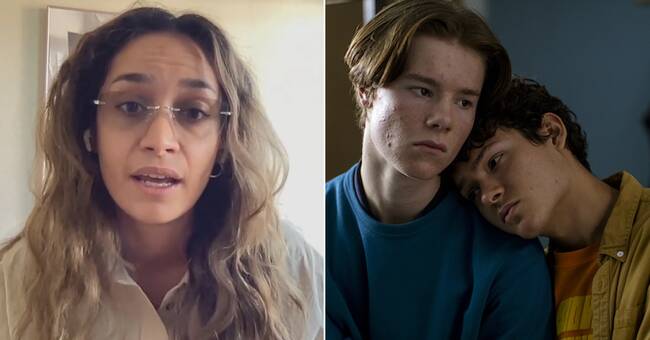In the United States, one in six people born between 1997 and 2002 defines themselves as anything other than heterosexual, according to a survey conducted last year.
This makes Generation Z, as they are called, much more pronounced queer than previous generations.
It is also more ethnically diversified than ever before in the country's history - and is moving towards becoming the most highly educated.
It is an audience that the big film and television companies long for.
Despite this, the representation of gender, sexuality and ethnicity on film and television looks uneven, according to US surveys.
Possibly the series that claim to portray young adults in particular are an exception.
In new titles like Generation and Betty, it queries an obvious place and when early 00's series like Gossip girl come in a new version to attract a young audience, the ensemble consists of both a more ethnically diversified group and the characters are much less heteronormative than eight years ago.
Director: Sweden is lagging behind
Director Rojda Sekersöz is currently with the series Young Roayls on Netflix.
The plot revolves around Wilhelm and Simon, who meet at a boarding school and fall in love with each other.
She thinks that the Swedish film and television market is lagging behind in portraying reality.
- I saw a list of upcoming series and I did not think it looked good at all.
I think we in Sweden have a very romanticized self-image, but are not at all modern about how we think about the stories we tell and how we tell them, she says.
"Not just politically"
The young film and television audience is demanding, according to Rojda Sekersöz.
- It is a smart and ambitious generation that demands its place.
I think it will become more of a matter of course that the world becomes smaller and that the audience demands to see more stories reflected and life destinies normalized, she says.
Not least because it sells.
- Since the streaming services are global, they have other requirements.
The content must reflect a wider audience.
It has also been shown that stories that have a diversity of characters and storylines are seen by more people.
It is not only political but also very commercial, says Rojda Sekersöz.

